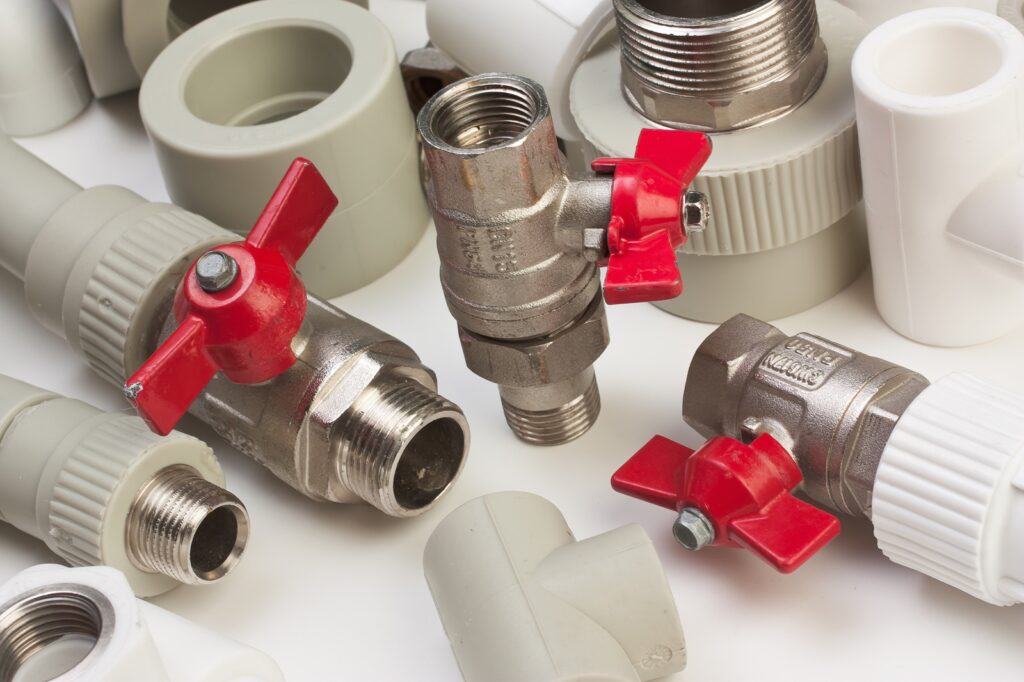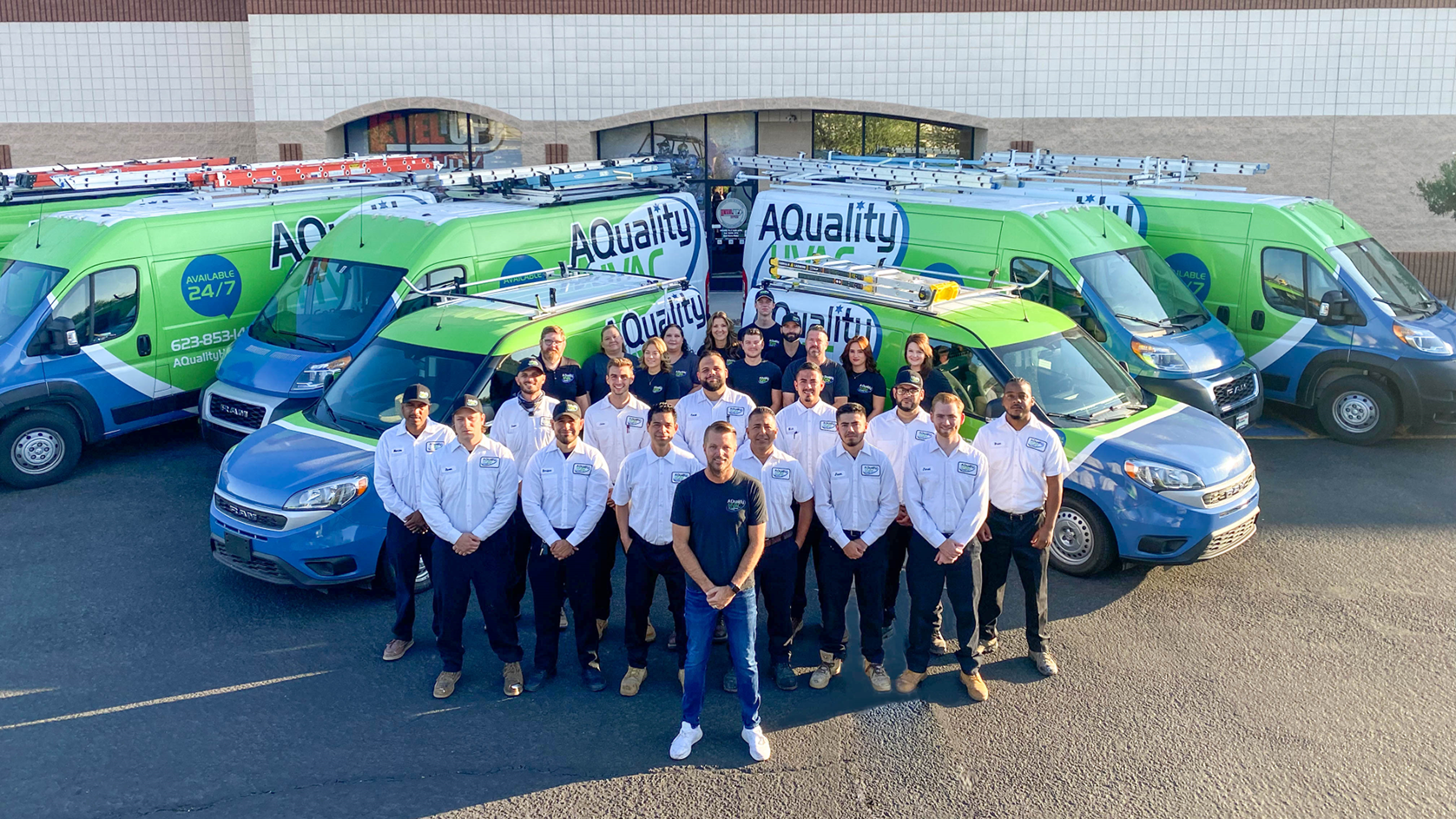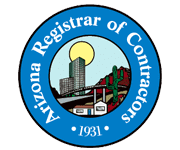How to Prevent Common Plumbing Issues in Older Homes
Older homes have a lot going for them—charm, character, craftsmanship you don’t always see in new builds. But along with the crown molding and wood floors, there’s often a plumbing system that’s… let’s just say, seen better days.
Whether you’ve lived in your home for decades or just moved into a fixer-upper, plumbing problems in older houses are often more about when than if. And while you can’t stop time, there’s a lot you can do to spot issues early, prevent damage, and keep things running smoothly.

At A Quality, we’ve helped homeowners with everything from slow drains to full repipes. If your home was built 30, 50, or even 100 years ago, here’s what to know—and what to do—to keep plumbing problems at bay.
Start With What You’ve Got
Before you can prevent issues, you need to know what you’re working with. Many older homes still have original plumbing materials, like galvanized steel or even cast iron pipes. These materials were common in their time, but over the years, they corrode, restrict flow, and are more prone to leaks and buildup.
If you’re not sure what kind of piping you have—or how old it is—it’s worth having a licensed plumber do a full inspection. It’s the best way to catch hidden problems before they become emergencies.
Common Plumbing Problems in Older Homes
Let’s take a look at some of the most frequent trouble spots.
1. Pipe Corrosion and Leaks
As pipes age, they begin to rust, weaken, and eventually leak. Galvanized steel is especially notorious for internal corrosion, which slowly closes off water flow.
Signs of trouble:
- Discolored water
- Reduced pressure
- Visible rust stains or damp spots on walls or ceilings
2. Tree Root Infiltration
Old sewer lines—especially clay or cast iron—are vulnerable to tree root intrusion. Roots seek out moisture and can squeeze into the smallest cracks, eventually blocking or breaking the pipe.
If you notice slow drains throughout your home, or gurgling sounds from toilets, this could be the cause.
3. Outdated Fixtures and Connections
Old shut-off valves, faucet connections, or hoses can fail without warning. These components were never meant to last forever, and over time, they can crack, leak, or stop functioning altogether.
4. Shifting Foundations and Settling Pipes
As homes settle over time, the shifting can place stress on plumbing lines—especially rigid ones like cast iron. Even small cracks or gaps can turn into major leaks if not caught early.
5. Poor Water Pressure
Low water pressure isn’t always a sign of a failing water heater. In older homes, it often stems from mineral buildup, pipe corrosion, or undersized lines installed under older standards.
How to Prevent These Issues Before They Start
Now that you know what to look for, let’s talk prevention. Here’s what we recommend for homeowners who want to stay ahead of plumbing problems in older homes.
Schedule Regular Plumbing Inspections
This one’s simple but powerful. A licensed plumber can catch small leaks, corrosion, or slow drainage before you ever notice a problem. It’s like a checkup for your pipes.
Replace Galvanized or Lead Pipes
If your home still has galvanized steel or lead piping, replacement should be a priority. Not only do they corrode, but lead pipes pose serious health risks.
Install Pressure Regulators
Older homes weren’t always built to handle the high water pressure that’s common today. Installing a pressure regulator helps protect your pipes from stress and extends the life of your fixtures.
Use Strainers and Be Mindful of What Goes Down the Drain
In any home—but especially in older ones—what you put down your sink and shower can either support or sabotage your plumbing. Use mesh strainers, avoid grease, and steer clear of harsh chemical drain cleaners.
Consider a Whole-Home Repiping (If Needed)
We know, it sounds extreme. But in homes with constant leaks, bad pressure, or high risk materials, a repipe might actually save money and headaches in the long run. Today’s materials, like PEX or copper, offer better durability, flexibility, and longevity.
Think Prevention Over Reaction
One of the biggest mistakes homeowners make with older plumbing is waiting until something breaks to take action. But the truth is, by the time you see water stains or hear that pipe burst, the damage is already done.
A little planning now can prevent thousands of dollars in repairs later—not to mention the stress that comes with surprise plumbing failures.
And remember, just because the plumbing is old doesn’t mean the whole system is doomed. With the right updates and proactive care, many older homes can function beautifully for decades to come.
If your home is showing signs of aging plumbing—or if you’re not sure what condition your pipes are in—call A Quality HVAC & Plumbing at 623-853-1482. We’ll help you figure out what’s working, what’s not, and what makes the most sense for your home and budget.






